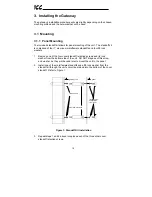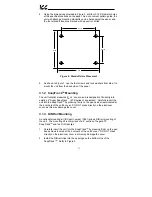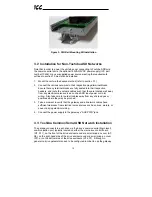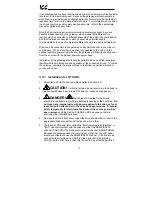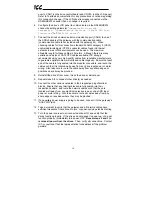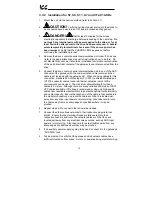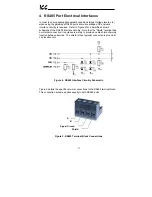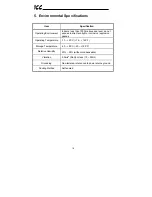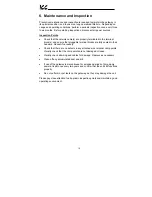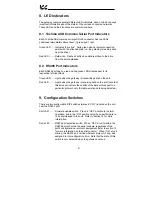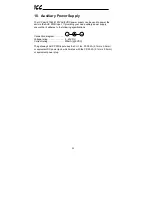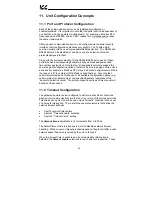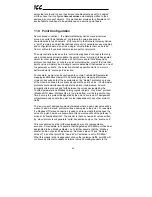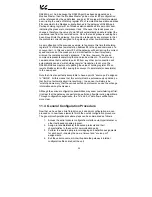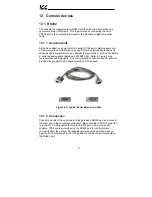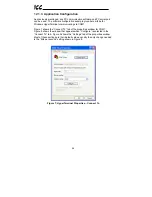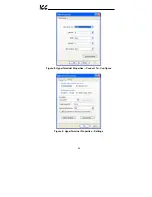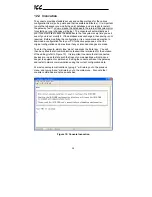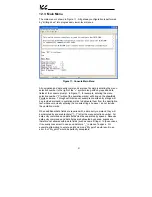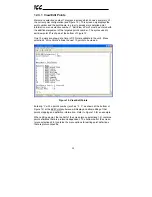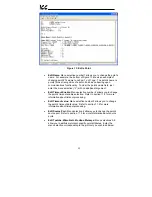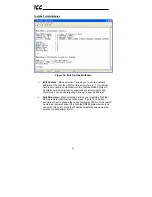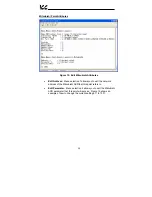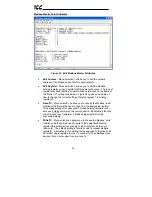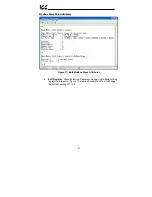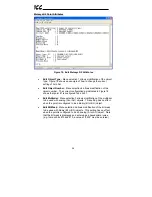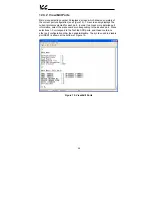
24
points that are found to have their timeout enable selections set to “enabled”
will then have their configured
timeout values
automatically written to their
assigned “source port” objects. This mechanism provides for a flexible set of
device failsafe conditions to be established on a point-by-point basis.
11.3
Point Configuration
As mentioned in section 1, the Network Gateway Series concept revolves
around a central “point database”, containing the value and access
characteristics for each network. With respect to the Network Gateway Series,
a “point” is simply an object that defines some sort of network access, mapping
and configuration data, as well as a single “value” attribute that can be read
from or written to by various communication ports or protocols.
The only restriction placed on this “central clearinghouse” concept is that only
one port can autonomously update the point’s value, “mirroring” its designated
object for other protocols to access. What this means is that although any
protocol can read from or write to a point’s internal value, most of the time that
point’s value will simply be mirroring a remote data object that resides on one of
the gateway’s subnets. The selection of what a specific point is to mirror is
performed via its “source port” selection.
For example, a point may be configured to contain Toshiba ASD parameter
mapping and Modbus master ID and holding register mapping information.
However, because both of these protocols act as “master” protocols, only one
of them can be allowed to continuously update the point’s value. If both master
protocols could simultaneously update the point’s internal value, it would
erratically alternate back and forth between the values designated by the
Toshiba parameter and Modbus holding register objects. Any “slave” protocol
(Modbus RTU slave, Metasys N2 etc.) can read from or write to a point at any
time, but only the protocol designated by the point’s “source port” assignment
will autonomously update the point’s value independent of any other protocol
traffic.
The “source port” designation also determines where a new point value will be
written to when a “slave” protocol writes a new value to the point. For example,
if a Modbus RTU slave connection is used to write new data that changes the
value of a point, how do we know where this new value will exit the gateway to
arrive at its final destination? The answer is that any new point values written
by “slave” protocols will generate “write” transactions only on the “source port”.
This concept may best be further explained by way of a representative
scenario. For example, let’s assume that the gateway’s RS485A port has been
designated to be a Modbus Master. Let’s further assume that the “Modbus
Master” portion of point #5 indicates an “Address” value of 8 and “Register”
value of 14, and that point #5’s “Source Port” selection is set to “RS485A”.
What this means is that independent of any other gateway traffic, point #5 will
continuously attempt to update its internal value by making requests to the
Summary of Contents for XLTR-200
Page 98: ...97 15 Notes ...

